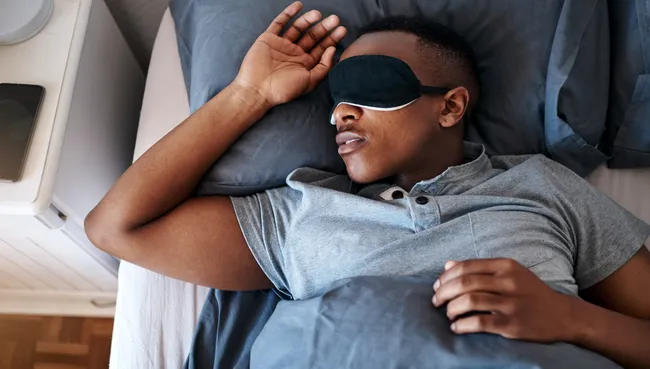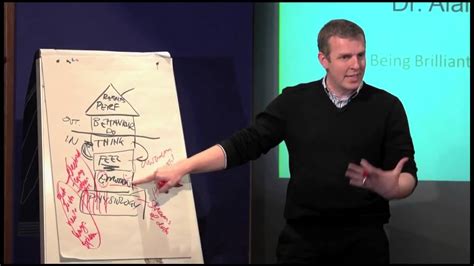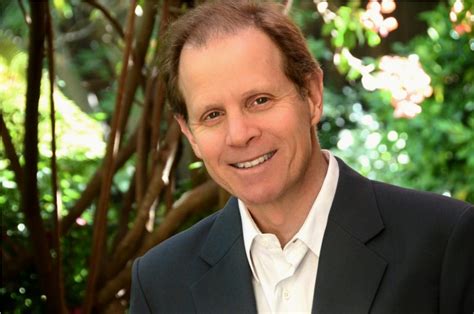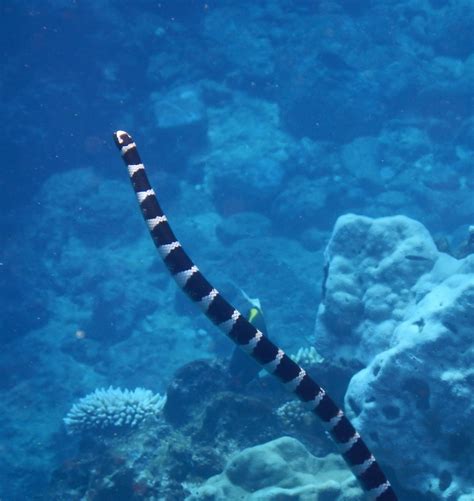My best friend Sivan and her mother Irit came to visit me this summer and we had a picnic in the garden. After eating, we all lay down on the grass and Sivan and Irit fell asleep. I heard them breathing and realised that I’ve often wondered why the sound of breathing becomes audible during sleep. In my Applied Breathing Sciences degree, we had learnt a lot about the pathology of sleep apnoea, but I don’t remember us talking about the natural sound of breathing during sleep. In case you’ve ever wondered about this, too, I’m sharing this article by Tyler Santora in Live Science with you:
Read MoreCategory: Breathing Science
A game of Pac-man
With his title Breath Taking, Michael Stephen M.D. refers both to the lungs as an extraordinarily beautiful and complex organ as well as to what inhibits and challenges the lungs’ wellbeing.
He begins with the origin of oxygen – going into fascinating detail about the discovery of the photosynthetic pigment of cyanobacteria – and the journey from water to land, accompanied by the simultaneous development of lungs and legs. From being on land, the lungs interact with the environment, our own immune system as well as the immune systems of others. In ancient Greece, the workings of the lungs were first studied and Michael Stephen traces them from Hippokrates and Galen to the present day.
Read MoreAn Acronym for Breathe
In his Ted Talk Being Brilliant Every Single Day, Dr. Alan Watkins explains and demonstrates why we do what we do and are more or less brilliant at it. He takes apart the theories about what makes us perform well or not well, that it is, for example, neither about sympathetic or parasympathetic activation but about the biological, emotional and mental context in which a performance occurs. „Thinking is an emergent property of your physiology… You can’t change your thinking by thinking about it.“
This is where the breath comes in, specifically coherent breathing. With a willing participant from the audience he demonstrates via biofeedback what happens to our breathing and our heart rate under pressure and how coherent breathing influences our physiology. But it is not only about the breath itself. The breath works in unison with the heart and „the heart has more electrical power than any other system, it produces 50 times more electro magnetic waves than the brain“…., the heart is „our primary source of power“. Dr. Alan Watkins thus suggests to breathe in a heart centred way and has termed a protocol for this with an acronym for breathe:
Read MoreYou would be taking a breath in vain 3 million years ago
Ever since he was a child, science advisor Tom Chi has been determined to understand how the universe works. Throughout his career as an astrophysicist, technologist, inventor and entrepreneur he became interested in the universal concept that „everything is connected“. Even though this concept exists in all aspects of life, he noticed that it didn’t sink in in people’s minds, that it was something people wish were true but is really believed to be a kind of esoteric story.
In his truly amazing Ted Talk he shows us, by way of three stories, „a story of the heart, a story of the breath and a story of the mind“ that the concept of „everything is connected“ is not only real, but that it can be scientifically explained.
What determines the maximum O2 uptake in the body?
In his article about What determines the maximum O2 uptake in the body?, Øyvind Skattebo, a PhD student at the Norwegian School of Sport Sciences, went all the way with his research. “All the way” meaning taking measurements of blood volume, heart size and function, blood extraction, muscle tissue biopsies, insertion of a catheter in veins and arteries…, graciously performed by willing test subjects. The result of his research is that it is the amount of exercise, obviously in a healthy, balanced way which determines the maximum O2 uptake in the body.
Super lungs
Having grown up in the 60s as a girl, I was not exposed to dinosaurs. It was dolls, fluffy toys and Enid Blyton books for me. So, discovering dinosaurs as a breath facilitator in my fifties, I was delighted to learn that the dinosaurs’ versatile superpowers came from their super lungs.
In her article “Superlungs gave dinosaurs the energy to run and fight“, April Reese expounds on the mechanisms that made the feats of dinosaur living possible.
Read MoreI’m Dan and I’m observing that I’m breathing
In one of the talks at the breathwork summit 2022 , neuropsychiatrist Dr. Dan Siegel spoke about the brain being „an anticipation machine”. “It’s always trying to detect patterns so that it can get ready for what comes next. Over time the brain learns, that in and out breath are coupled. When something happens in the brain, it makes a representation of what will happen in the future.“ So that through the pattern recognition system of the brain „the in-breath has an anticipation of the out-breath and the out-breath has an anticipation of in-breath.“ He compared it to when you perform the motor action of reaching for a brush, your brain anticipates that you’re going to brush your hair. „The brain can’t help itself but to prepare itself for what happens next.“ When we practice breath awareness, when we bring our attention to the sensation of being in the present moment, „your action reaffirms that what your brain anticipated is happening and you create coherence in the perceptional system of the brain.“
I really appreciated how Dr. Siegel explained the difference between breath awareness and breath observation in scientific terms. As different networks in the brain are used for awareness or sensation and observation, the network in the brain used for observation says „I’m Dan and I’m observing that I’m breathing. It activates areas of the brain that deal with what happened in past, present and future. It pulls us in a different frame of mind, one that is connected to a default network whereas when we activate the sensory channel we inhibit the narrative mind.“
At the end of the talk, Dr. Siegel masterfully expressed the connection between breathing, sensation and belonging which I’ve been trying to learn and teach over the past ten years with my own work Natural Breathing. “The breath is among a few of the physiological systems that are voluntary and involuntary simultaneously. Breath awareness can create a coherent flow, a coherence that does not only affect breathing, it rounds your bodily experience in the larger world. Sensing the breath in the body also creates a larger sense of identity and belonging to the world.“
Remain in the water for up to 2 hours on a single breath.
Remain in the water for up to 2 hours on a single breath. If you are a sea snake that is.
It was a delight to discover a BBC video of these elegant creatures gliding through the water.
In order to move in a marine environment, sea snakes have adapted their streamlined shape, narrowing themselves vertically like thin blades. Their lungs extend to almost the full length of their bodies but unlike fish, they don’t have gills and must surface regularly to breathe.
The first sip of air might well bring death.
In Caesar‘s Last Breath, renowned author Sam Kean tells „the epic story of the air around us“. From the famous analogy that we all breathe some air molecules of Caesar‘s (or indeed anyone‘s) last breath in our lifetime, on to “Earth’s early atmosphere”, the first experiments with oxygen, „nitrous highs“, the democratic behaviour of all gases and the building of bombs, the chemistry of air never ceases to fascinate.
Read MoreA way to eat air
When it first came out in 2020, James Nestor‘s book Breath -The New Science of a Lost Art shot to the New York Times Bestseller List.
Breath gives an overview of different breathing methods through study, self-exploration, and scientific testing. The journalist James Nestor travels the world to research the story about how diverse ancient and more contemporary breathing methods like Tibetan Summo, Buteyko, and Holotropic Breathing, for example, came into being and tests their efficacy.
Read More









